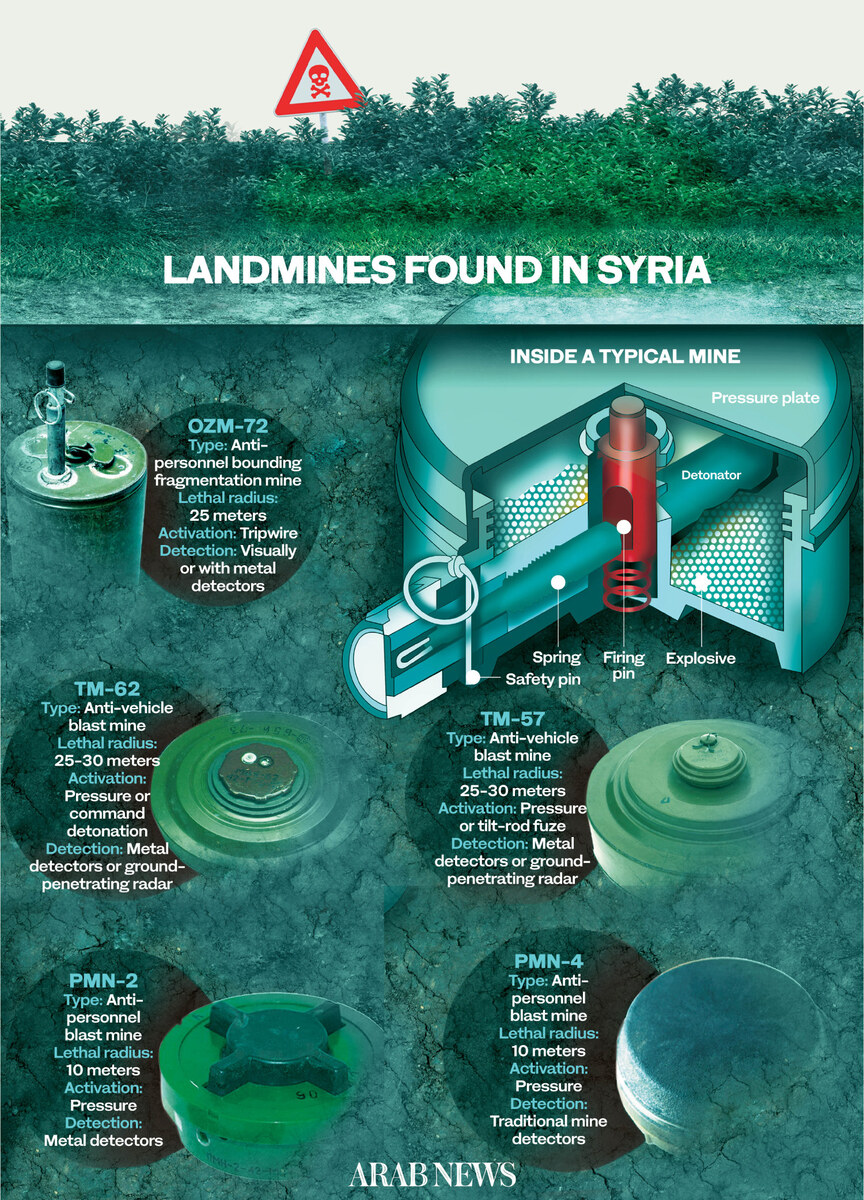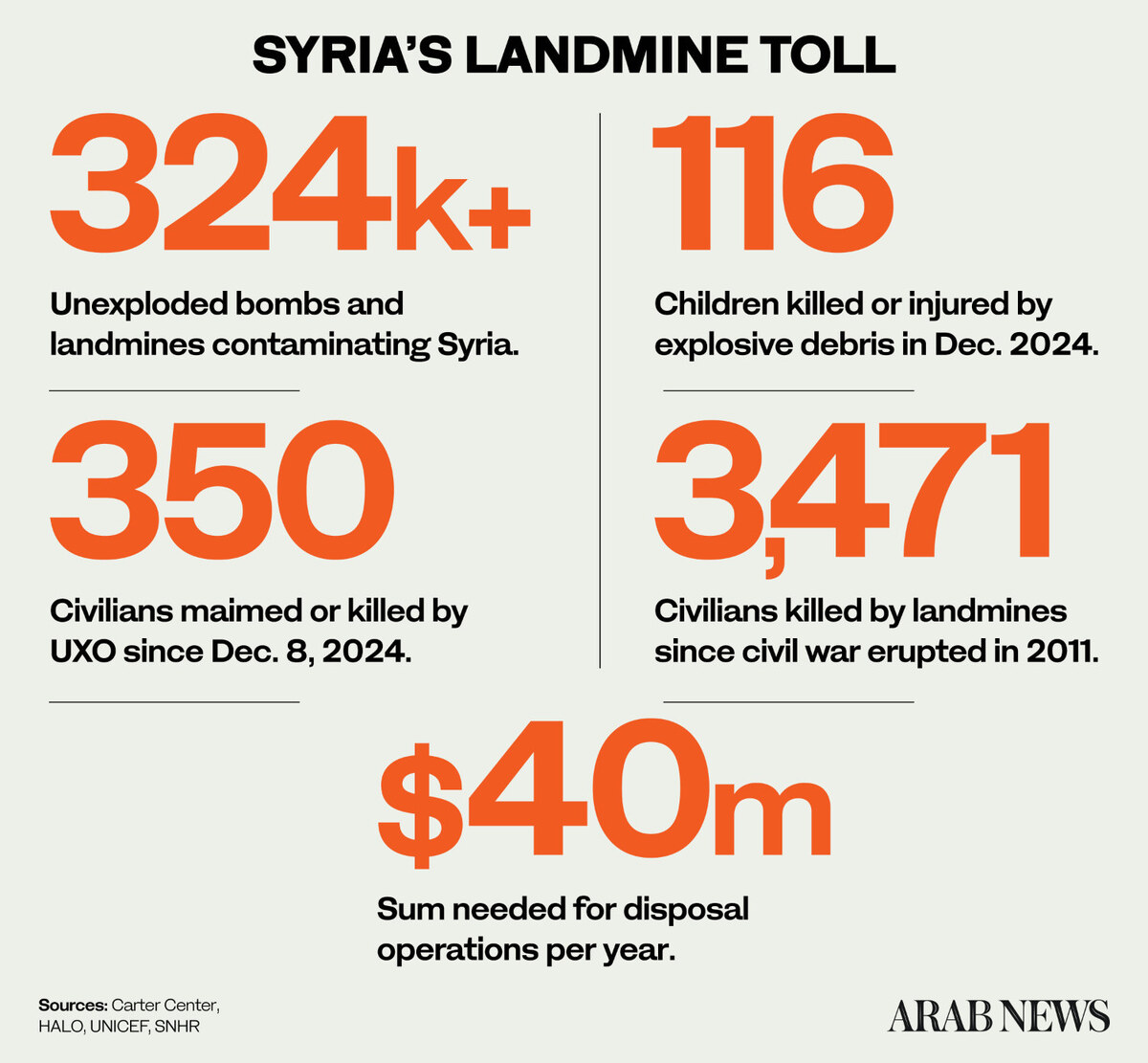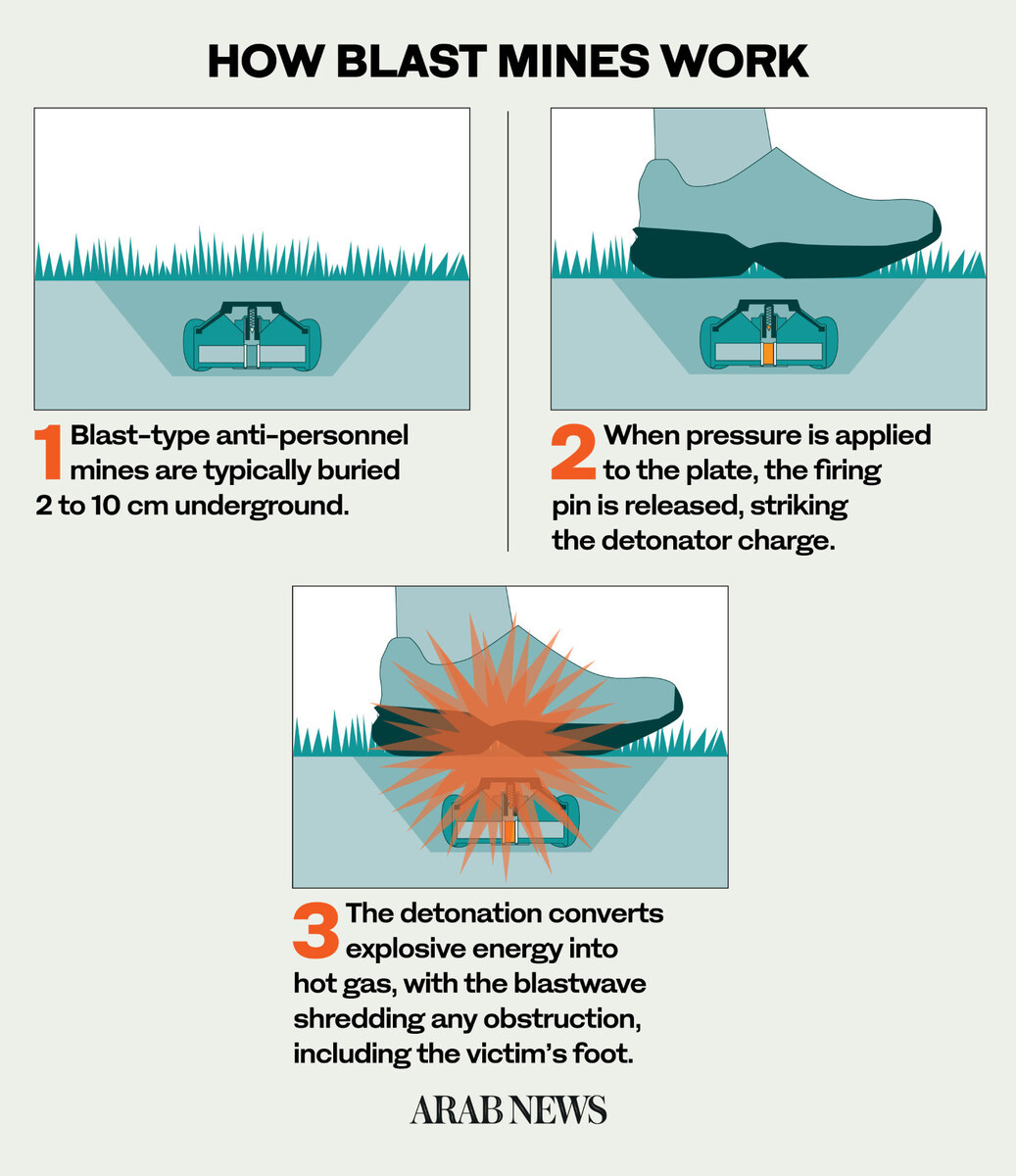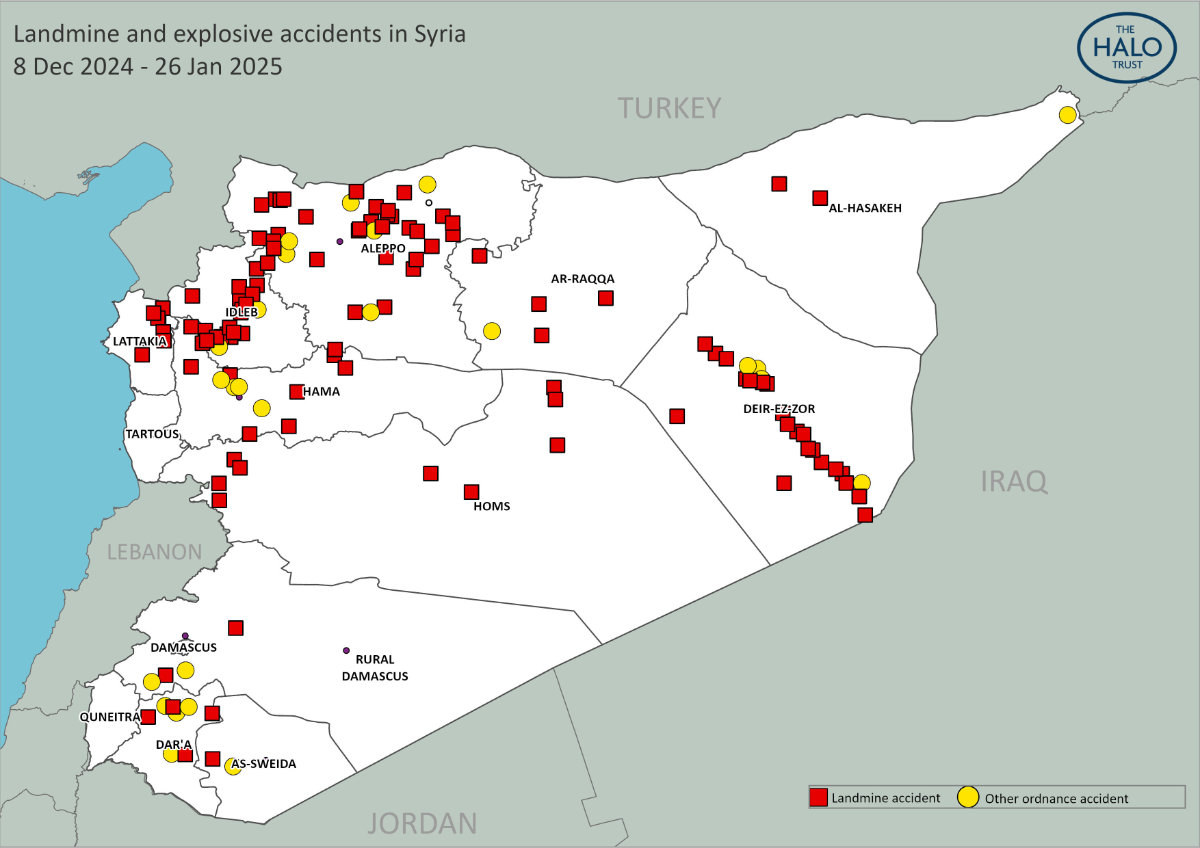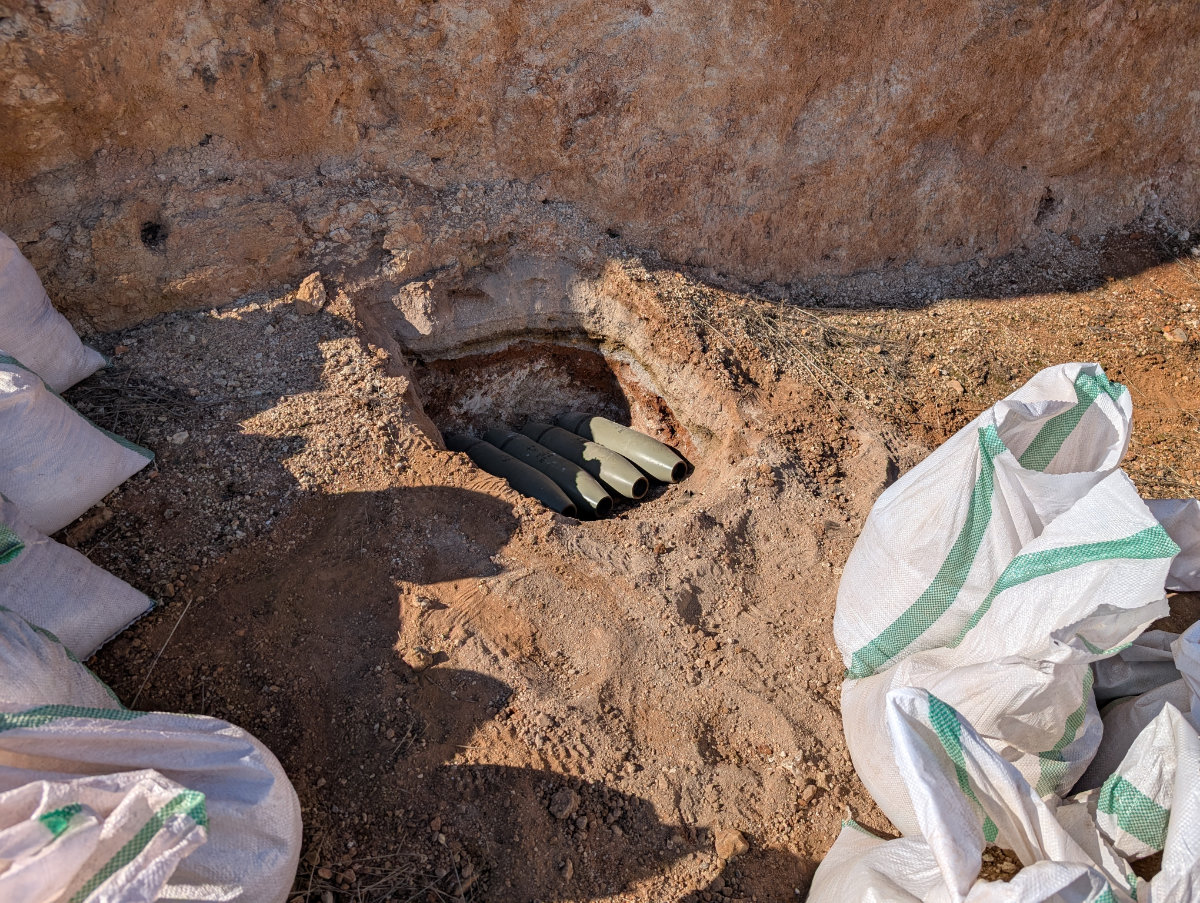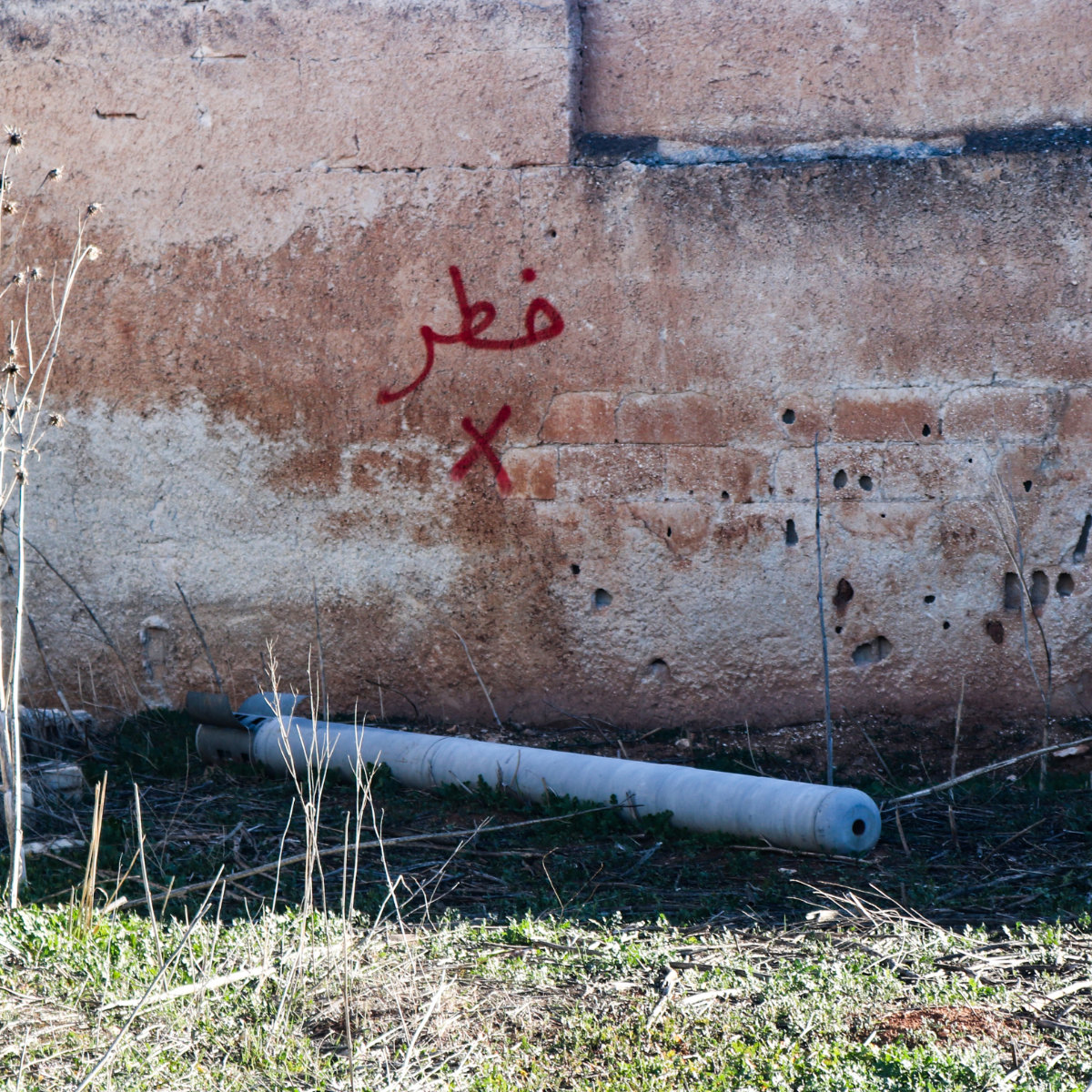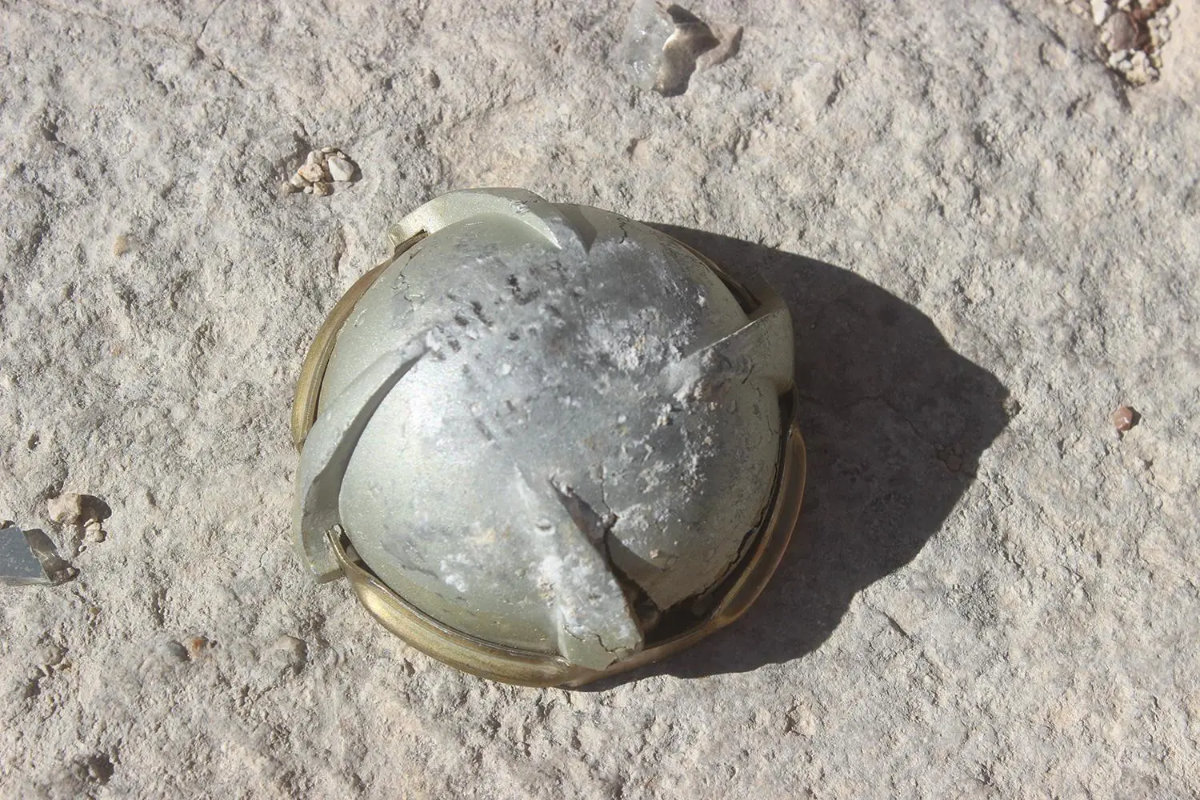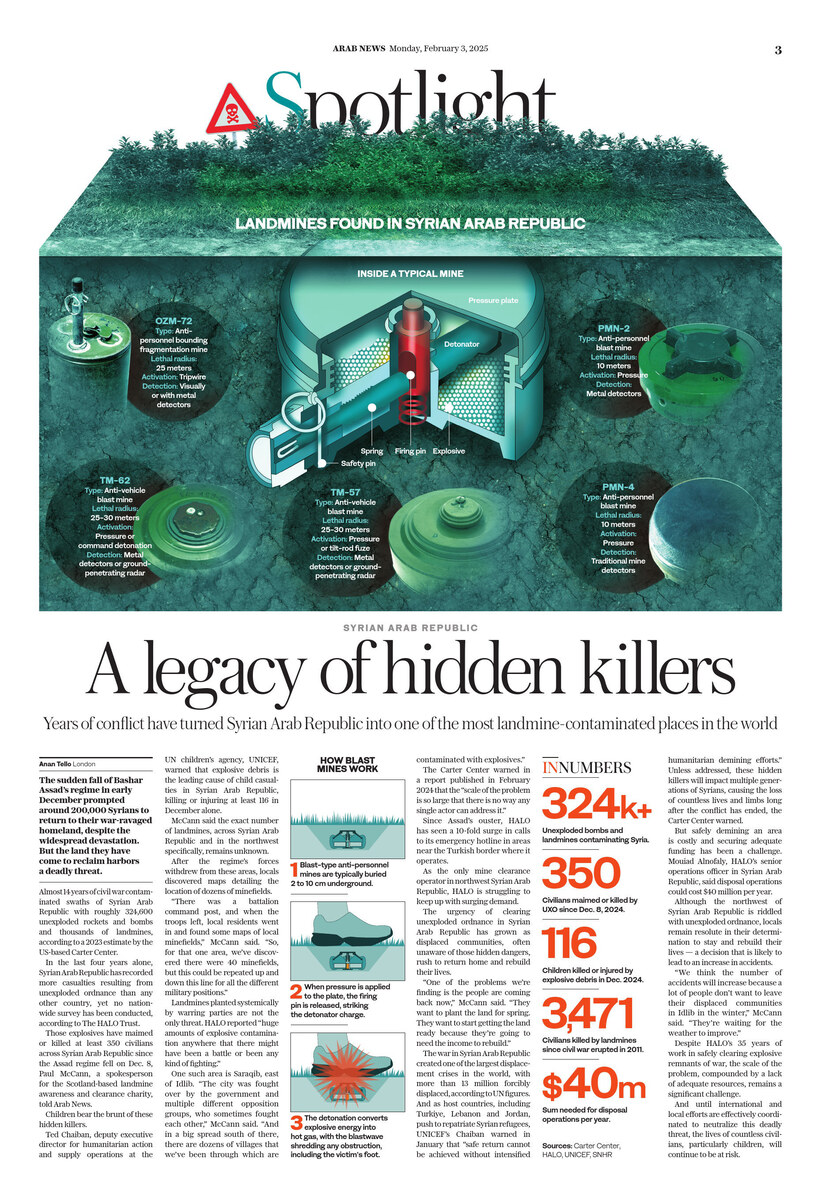Israel’s demand for lasting control over two strategic corridors in Gaza, which Hamas has long rejected, threatens to unravel ceasefire talks aimed at ending the 10-month-old war, freeing scores of hostages and preventing an even wider conflict.
Officials close to the negotiations have said Israel wants to maintain a military presence in a narrow buffer zone along the Gaza-Egypt border it calls the Philadelphi corridor and in an area it carved out that cuts off northern Gaza from the south, known as the Netzarim corridor.
It’s unclear if Israeli control of these corridors is included in a US-backed proposal that Secretary of State Antony Blinken has called on Hamas to accept to break an impasse in ceasefire talks. Blinken, who is back in the region this week, said Monday that Israel had agreed to the proposal without saying what it entails.
Israeli Prime Minister Benjamin Netanyahu says control of the Egyptian border area is needed to prevent Hamas from replenishing its arsenal through smuggling tunnels and that Israel needs a “mechanism” to prevent militants from returning to the north, which has been largely isolated since October.
Hamas has rejected those demands, which were only made public in recent weeks. There was no mention of Israel retaining control of the corridors in earlier drafts of an evolving ceasefire proposal seen by The Associated Press.
Hamas says any lasting Israeli presence in Gaza would amount to military occupation. Egypt, which has served as a key mediator in the monthslong talks, is also staunchly opposed to an Israeli presence on the other side of its border with Gaza.
What are the corridors and why does Israel want them?
The Philadelphi corridor is a narrow strip — about 100 meters (yards) wide in parts — running the 14-kilometer (8.6-mile) length of the Gaza side of the border with Egypt. It includes the Rafah Crossing, which until May was Gaza’s only outlet to the outside world not controlled by Israel.
Israel says Hamas used a vast network of tunnels beneath the border to import arms, allowing it to build up the military machine it used in the Oct. 7 attack that triggered the war. The military says it has found and destroyed dozens of tunnels since seizing the corridor in May.
Egypt rejects those allegations, saying it destroyed hundreds of tunnels on its side of the border years ago and set up a military buffer zone of its own that prevents smuggling.
The roughly 4-mile (6-kilometer) Netzarim Corridor runs from the Israeli border to the coast just south of Gaza City, severing the territory’s largest metropolitan area and the rest of the north from the south.
Hamas has demanded that hundreds of thousands of Palestinians who fled the north be allowed to return to their homes. Israel has agreed to their return but wants to ensure they are not armed.
Why are Hamas and Egypt opposed to Israeli control?
Israeli control over either corridor would require closed roads, fences, guard towers and other military installations. Checkpoints are among the most visible manifestations of Israel’s open-ended military rule over the West Bank, and over Gaza prior to its 2005 withdrawal.
Israel says such checkpoints are needed for security, but Palestinians view them as a humiliating infringement on their daily life. They would also be seen by many Palestinians as a prelude to a lasting military occupation and the return of Jewish settlements — something Netanyahu’s far-right coalition partners have openly called for.
Hamas has demanded a total Israeli withdrawal and accuses Netanyahu of setting new conditions in order to sabotage the talks.
Egypt says Israel’s operations along the border threaten the landmark 1979 peace treaty between the two countries. It has refused to open its side of the Rafah crossing until Israel returns the Gaza side to Palestinian control.
Are these new demands by Israel?
Israel insists they are not, referring to them as “clarifications” to an earlier proposal endorsed by President Joe Biden in a May 31 speech and by the UN Security Council in a rare ceasefire resolution. Israel also accuses Hamas of making new demands since then that it cannot accept.
But neither the speech nor the Security Council resolution made any reference to Israel’s demands regarding the corridors — which were only made public in recent weeks — and both referred to a complete withdrawal of Israeli forces. The US has also said it is against any reoccupation of Gaza or reduction of its territory.
Previous written drafts of the ceasefire proposal stipulate an initial Israeli withdrawal from populated and central areas during the first phase of the agreement, when the most vulnerable hostages would be freed and displaced Palestinians allowed to return to the north.
During the second phase, the specifics of which would be negotiated during the first, Israeli forces would withdraw completely and Hamas would release all remaining living hostages, including male soldiers.
The most recent drafts of the proposal — including one that Hamas approved in principle on July 2 — contain language specifying that displaced residents returning in the first phase must not carry weapons. But they do not specify a mechanism for searching them.
The United States, Qatar and Egypt, which have spent months trying to broker an agreement, have not weighed in publicly on Israel’s demands regarding the corridors.
An Israeli delegation held talks with Egyptian officials in Cairo on Sunday focused on the Philadelphi corridor but did not achieve a breakthrough, according to an Egyptian official who spoke on condition of anonymity to discuss the closed-door meeting.
What happens if the talks fail?
Failure to reach a ceasefire deal would prolong a war in which Israel’s offensive has already killed over 40,000 Palestinians, according to Gaza health officials, displaced the vast majority of Gaza’s 2.3 million residents and destroyed much of the impoverished territory.
Palestinian militants are still holding some 110 hostages captured in the Oct. 7 attack that started the war, in which they killed around 1,200 people, mostly civilians. Israel has only rescued seven hostages through military operations. Around a third of the 110 are already dead, according to Israeli authorities, and the rest are at risk as the war grinds on.
A ceasefire deal also offers the best chance of averting — or at least delaying — an Iranian or Hezbollah strike on Israel over last month’s targeted killing of a Hezbollah commander in Beirut and a Hamas leader in Tehran.
Israel has vowed to respond to any attack, and the United States has rushed military assets to the region, raising the prospect of an even wider and more devastating war.
Why is Israel demanding control over 2 Gaza corridors in the ceasefire talks?
https://arab.news/crz8b
Why is Israel demanding control over 2 Gaza corridors in the ceasefire talks?

- Philadelphi corridor and in an area it carved out that cuts off northern Gaza from the south, known as the Netzarim corridor
- It’s unclear if Israeli control of these corridors is included in a US-backed proposal that Secretary of State Antony Blinken has called on Hamas to accept
















